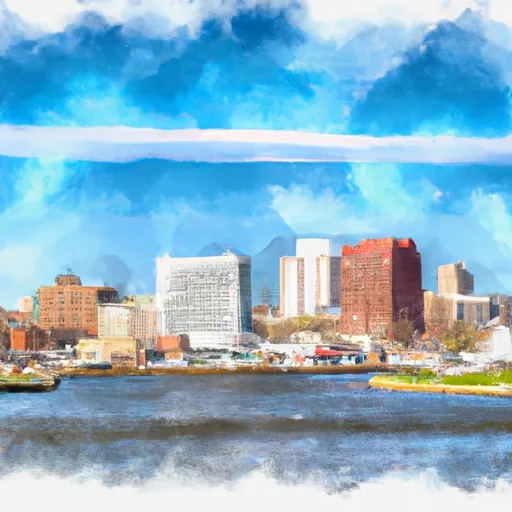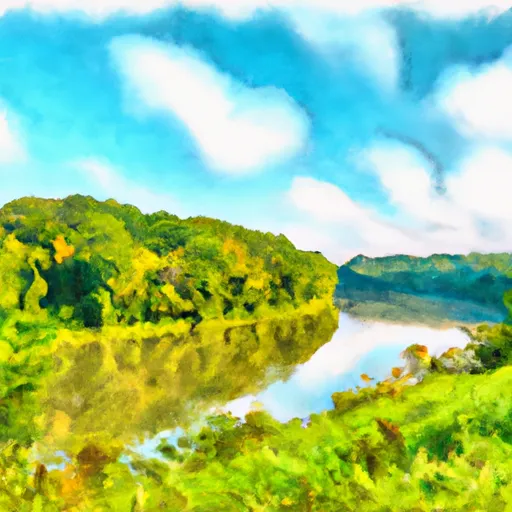°F
°F
mph
Windspeed
%
Humidity











Racine, Ohio is a small town located in southern Ohio, along the banks of the Ohio River. The climate in Racine is considered to be humid continental, with warm summers and cold winters. Summers are typically mild to warm, with temperatures ranging from the mid-70s to mid-80s Fahrenheit. Winters can be quite cold, with temperatures often dropping below freezing, accompanied by moderate snowfall.
Being situated along the Ohio River, Racine benefits from its hydrology constituents. The river provides ample opportunities for water-based activities such as boating, fishing, and swimming. Additionally, the town is surrounded by several smaller creeks and streams, adding to the water recreation options.
Outdoor enthusiasts will find plenty of opportunities for recreation in Racine. The town is surrounded by beautiful natural landscapes, including forests, hills, and valleys, making it ideal for hiking and camping. The Ohio River itself offers great fishing and boating experiences, while nearby Wayne National Forest provides further opportunities for hunting, wildlife observation, and off-road biking.
In summary, Racine, Ohio offers a moderate climate, with both warm summers and cold winters. The town benefits from its proximity to the Ohio River, providing various hydrology constituents and opportunities for water-based activities. The surrounding natural landscape makes it a great destination for outdoor recreation enthusiasts.
Weather Forecast
Racine receives approximately 1056mm of rain per year, with humidity levels near 81% and air temperatures averaging around 12°C. Racine has a plant hardyness factor of 6, meaning plants and agriculture in this region thrive during a short period during spring and early summer. Most plants will die off during the colder winter months.
Regional Streamflow Levels
9
Cubic Feet Per Second
11
Cubic Feet Per Second
57
Cubic Feet Per Second
17,800
Cubic Feet Per Second
Nearby Camping
| Camping Area | Reservations | Toilets | Showers |
|---|---|---|---|
| Chief Logan State Park | |||
| Panther WMA | |||
| Guyandotte |



